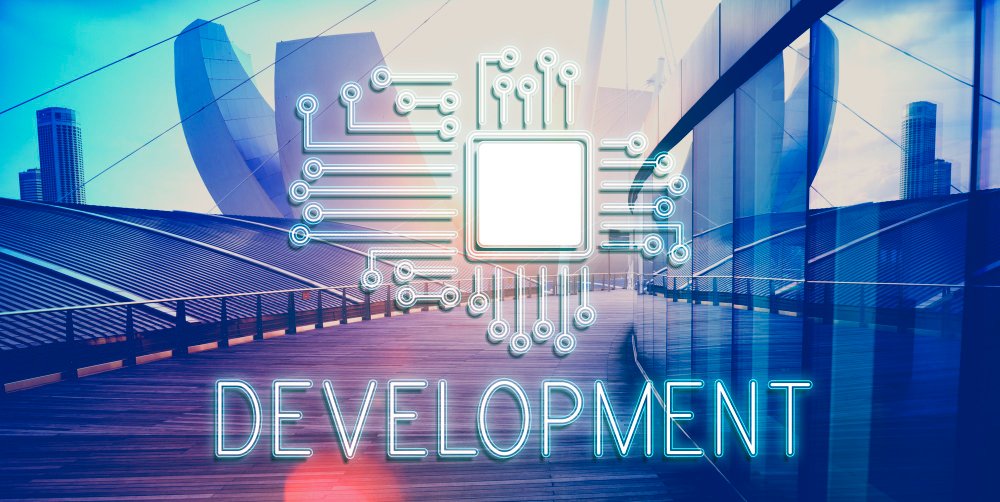Keeping ahead of the curve is critical for both developers and companies. As we approach the end of 2023, the world of full stack development is undergoing a dynamic transformation driven by breakthroughs that are redefining how we develop and distribute online apps.
Full stack development services are more prevalent among enterprises. This is due to several causes, including the development of user-friendly apps, business agility, and full stack engineers’ flexibility. As a result, modern firms are always looking for full stack engineers skilled in several technologies and project management.
This blog will look at the top full-stack development trends for 2023, which are further expected to reshape the tech industry. If you want to take up a full stack development course, this blog will help you make a career in full stack development.
Who are full stack developers?
Knowing the fundamentals of full stack development is vital before enrolling in a full stack development course or becoming a Dev Ops developer. Full-stack developers are skilled in both front-end and back-end technologies, enabling them to build entire web applications from scratch. A full stack developer’s abilities encompass the entire software development niche.
Full stack developers ensure continuous communication and data flow by bridging the gap between the front and back end. Because of their adaptability, they can handle all project parts, from early planning and database design through user interface implementation and server deployment.
Key Trends in 2023 for Full Stack Development
Some of the popular full stack development trends that impacted web development in 2023 are listed below:
Cloud Computing
With no indications of slowing down in 2023, cloud computing has been a major trend in full stack development for a few years. Developers may use cloud computing to use powerful computing features without handling the underlying infrastructure. This can save time and money while enhancing scalability and dependability.
Microservices
Microservices architecture is a method of developing programs that breaks them down into smaller, self-contained services. This increases scalability and versatility since each service can be built and deployed individually. In 2023, one may expect to see more full stack developers use microservices architecture to construct agile and scalable apps.
Low Code/ No Code Development
Low-code/no-code development is a recent notion that has gained momentum. Developers may use visual interfaces and pre-built modules to construct apps with low-code/no-code platforms. This saves time and costs and allows developers and business stakeholders to collaborate more effectively.
Artificial Intelligence
Full stack developers use AI to automate activities, improve user experiences, and make data-driven choices. AI, for example, is used to personalise user experiences, identify fraud, and optimise business operations. AI will continue to evolve and revolutionise web development significantly in the future.
Progressive Web Apps
Progressive web apps (PWAs) are web programs that, like native apps, may be loaded on a user’s device. PWAs provide several advantages, including offline access, push alerts, and increased speed. PWAs will be used by more full stack developers in 2023 to provide a better user experience.
DevOps
DevOps is an organisational structure and activity that promotes cooperation across development and operations teams. More full stack engineers will use DevOps services, such as continuous integration and uninterrupted delivery, to increase the pace and quality of application development in 2023.
Blockchain
Blockchain is a distributed ledger technology that renders transactions safe and transparent. By the end of 2023, one could anticipate more full stack developers implementing blockchain into their apps, particularly in fields such as banking and healthcare.
Serverless Computing
Serverless computing is a cloud computing approach which enables developers to construct and execute programs without being required to oversee the foundational infrastructure. Developers can zero in on designing apps rather than managing servers using serverless computing.
Full stack developers increasingly use serverless computing in 2023 to boost scalability and cut expenses.
GraphQL
GraphQL is an API query language that enables developers to request exactly the data they require rather than an extensive dataset. More full stack developers are using GraphQL in 2023 to increase the efficiency and agility of their APIs.
Cybersecurity
Cyber-attacks are becoming more complex and frequent, so cybersecurity has become a crucial concern for full stack developers. Full stack developers are incorporating cybersecurity measures into their apps in 2023, such as data encryption, securing the authentication process, and access restriction.
Conclusion
The rising relevance of AI and machine learning integration, the continuous increase of serverless technology implementation, and the growing prioritisation of data privacy and cybersecurity are among the top full stack development trends to look out for in 2023.
These developments represent the industry’s continual transition to safer, reliable, and cognitive development of websites and application practices.
Learn about data structures and algorithms with Imarticus Learning’s Full Stack Developer Pro course. This full-stack development course offers assured interview opportunities and placement in top companies.
To know more, check out the website right away: https://imarticus.org/

